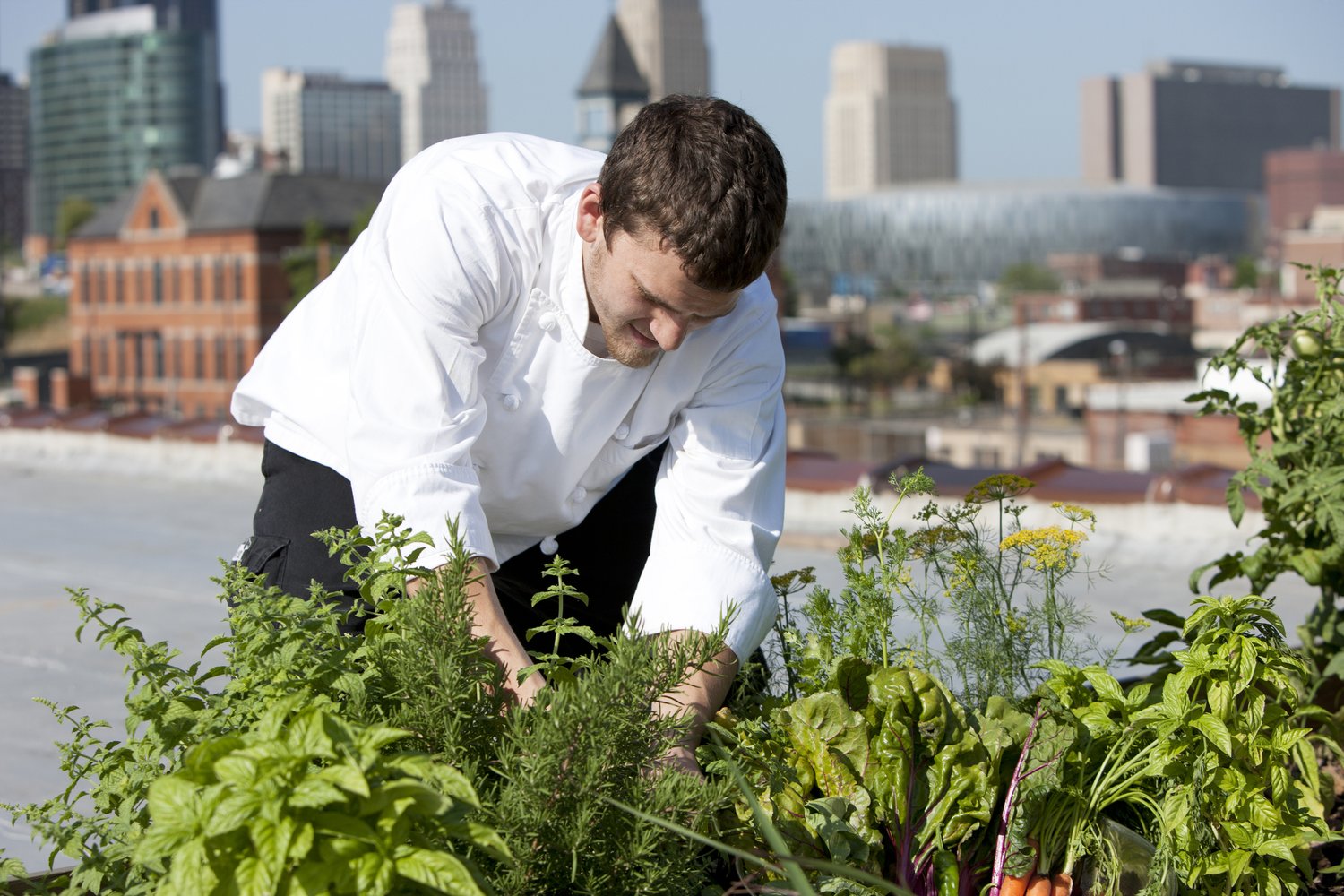What Does City Blooming Mean?
Wiki Article
Fascination About City Blooming
Table of ContentsThe Only Guide to City BloomingCity Blooming for DummiesCity Blooming Things To Know Before You Get ThisFascination About City BloomingThe 7-Minute Rule for City Blooming
Intrigued in expanding food for sale in the City of Chicago? Considering beginning a community yard? Changes to the Chicago Zoning Ordinance allow agricultural uses like area yards and metropolitan farms in lots of components of the city. Below is a listing of regularly asked questions concerning the rules and regulations that cultivators must think about when intending a metropolitan agriculture task.
The zoning modification does not change any various other codes managing composting, structure authorizations, purchasing or leasing City possessed home, company licenses or environmental contamination. There are existing codes that manage these concerns and they stay completely result and may apply to your job. Area yards are usually had or taken care of by public entities, public organizations or community-based companies and maintained by volunteers.
Urban farms grow food that is meant to be offered, either on a nonprofit or for-profit basis. Due to their business purpose, urban farms require a company license.
More About City Blooming
The amount of compost material can not surpass 25 cubic yards at any kind of given time according to the standards in 7-28-715 of the City's Municipal Code. Since the dirt at many brand-new yard sites needs changing, garden compost, dirt, timber chips, or various other products can be obtained to construct or enhance the growing space.
If a structure authorization is needed after that the hoophouse will be considered an accessory building. You can find out even more about the building authorization requirements by getting in touch with the Department of Structures. The 25,000-square-foot size limitation is intended to avoid a solitary area yard from dominating an offered block or interfering with the block's existing household or commercial personality.
The limit does not apply to yards found in Public Open Area (POS) districts. Can there be greater than one area yard that is 25,000 square feet on a solitary block? Yes. The dimension restriction puts on specific yards, not to individual blocks. No. Fence is not needed, however, yards that have big car parking locations might be needed to install fence or other landscape design features.
The Only Guide to City Blooming
B1 & B2 districts call for that all industrial usage tasks be conducted inside your home. Is fencing required for city ranches? Fences might be required, along with landscape design and testing, for specific parking areas and outside work or storage areas depending on place and the specific activity taking area.Yes. Urban farms need building licenses and zoning authorizations before building and construction. Various other types of city testimonial may be called for depending on details structures, tasks, dimension, landscaping, licensing, public health and stormwater administration concerns. Numerous of these demands are determined in the job design or allowing process, however, the candidate may be accountable to individually determine specific licenses or allows that might be called for.
Yes. The kind of license is established by what is happening at the site. The Department of Company Affairs and Consumer Defense can help determine the specific sort of business license that's called for. Yes. Off street auto parking is required for a lot of business projects in Chicago. The needed number of vehicle parking areas is based on the number of employees dealing with site and not the square video footage of the expanding room.
Little Known Questions About City Blooming.

Yes. An urban farm can market compost product generated on site, nonetheless, the operation must abide by the regulations in 7-28-715 of the Chicago Municipal Code. Yes. Aquaponic systems are permitted inside on metropolitan ranches in numerous zoning areas. A zoning testimonial and structure authorization is called for in order to set up structures or systems and a business permit is called for as defined above.
As much as five hives or colonies of honey bees might be kept as an accessory use. However, beekeepers should sign up with the Illinois Department of Agriculture. To find out more about the recommended zoning modification you might speak to the Department of Real Estate and Economic Advancement, Bureau of Planning and Zoning at 312.744.8563.
Farming in cities and city areas An urban farm in Chicago. Urban farming describes various practices of growing. https://www.goodreads.com/user/show/179466644-daniel-nold, handling, and distributing food in metropolitan areas. The term also puts on the area tasks of animal husbandry, tank farming, beekeeping, and cultivation in an urban context. Urban agriculture is differentiated from peri-urban agriculture, which occurs in backwoods beside suburban areas.
The Single Strategy To Use For City Blooming
It can involve a movement of organic cultivators, "foodies" and "locavores", who seek to create socials media based on a shared principles of nature and neighborhood holism. These networks can establish by method of official institutional assistance, ending up being incorporated into regional town as a "shift community" movement for sustainable urban development.The much more straight access to fresh veggie, fruit, and meat products that may be understood through metropolitan agriculture can boost food safety and food safety and security while lowering food miles, bring about reduced greenhouse gas emissions, therefore adding to climate modification mitigation. Some of the very first proof of metropolitan agriculture comes from Mesopotamia.
Report this wiki page